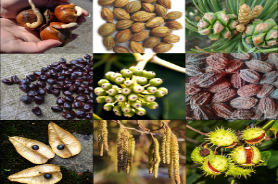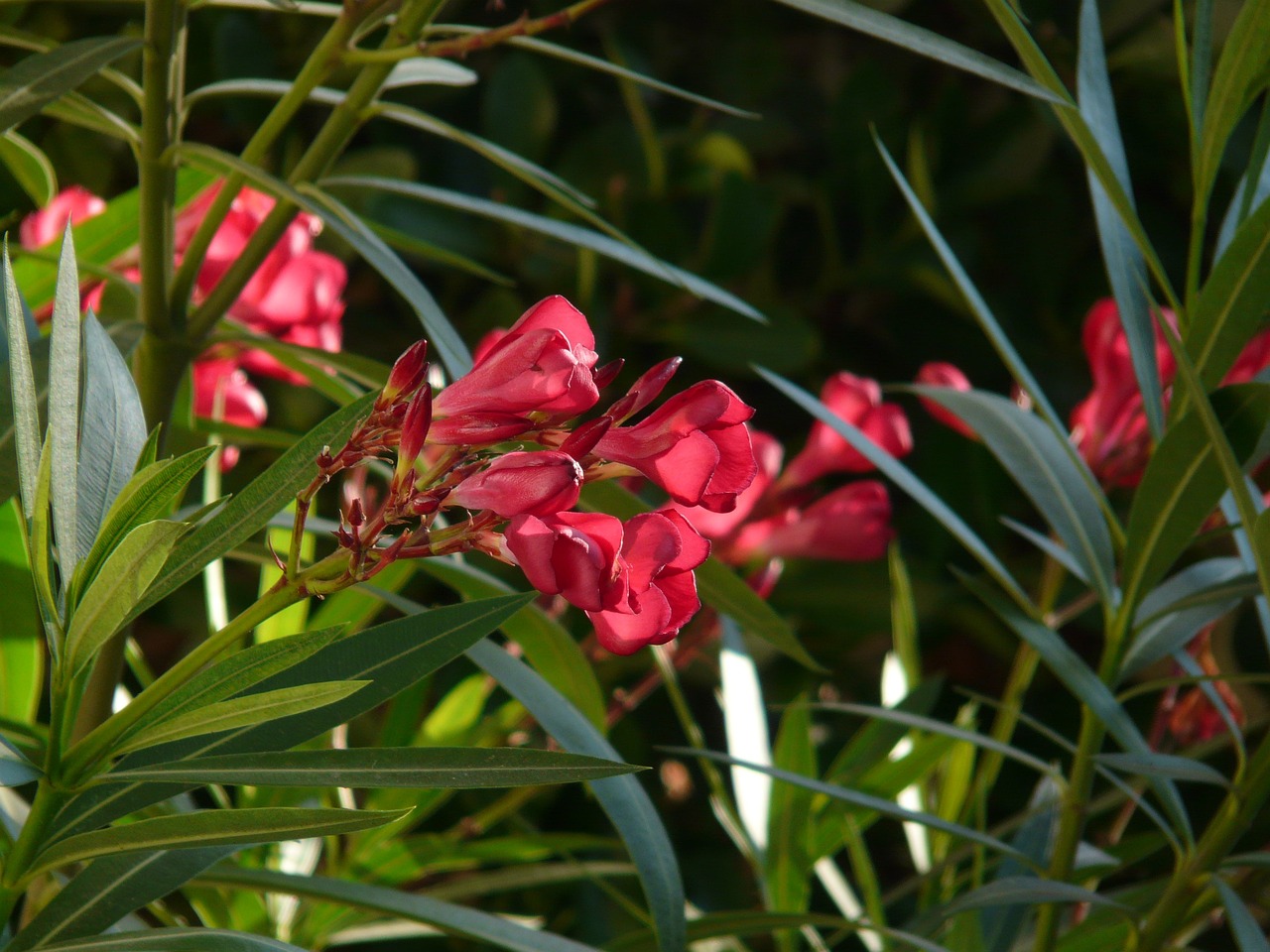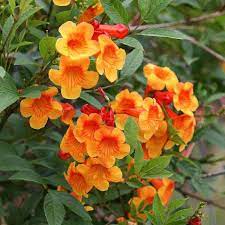Here is some detailed information about Nerium, focusing on the general characteristics of the genus:
- Description: Nerium plants are medium to large-sized shrubs with a dense and bushy growth habit. The size can vary depending on the species and cultivar, ranging from 1.5 to 6 meters (5 to 20 feet) in height. The leaves are elongated and lance-shaped, arranged in whorls along the stems. They are leathery, glossy, and dark green in color, providing an evergreen appearance throughout the year.
- Flowers: Oleanders are renowned for their showy and fragrant flowers. The flowers are usually funnel-shaped with five petals, forming a single or double bloom. They come in a wide range of colors, including white, pink, red, yellow, and peach. Some cultivars exhibit variegated or multi-colored flowers. The flowers are typically clustered at the tips of the branches and attract pollinators such as bees and butterflies.
- Toxicity: It is important to note that all parts of Nerium plants, including the leaves, flowers, and sap, contain toxic compounds called cardiac glycosides. These compounds can be harmful if ingested and can cause adverse effects in humans and animals. Care should be taken when handling oleanders, and they should be kept away from children and pets.
- Cultivation: Nerium plants are well-suited to warm and Mediterranean climates. They thrive in full sun exposure and prefer well-drained soil. Oleanders are highly adaptable to various soil types and are tolerant of coastal conditions, including high salinity. They are drought-tolerant once established but benefit from regular watering during dry periods. Pruning can be done to maintain their shape and promote healthier growth.
- Uses: Oleanders are commonly used as ornamental plants in gardens and landscapes. Their vibrant and long-lasting flowers make them attractive for adding color and beauty to outdoor spaces. They can be grown as specimen plants, in hedges, or as privacy screens. In some regions, oleanders are also used for erosion control due to their dense root systems.
- Historical Significance: Oleanders have a rich historical and cultural significance. They have been cultivated and admired for centuries and have been mentioned in various ancient civilizations, including Greek and Roman mythology. In some parts of the world, oleanders hold symbolic meanings associated with beauty, strength, and resilience.














Reviews
There are no reviews yet.